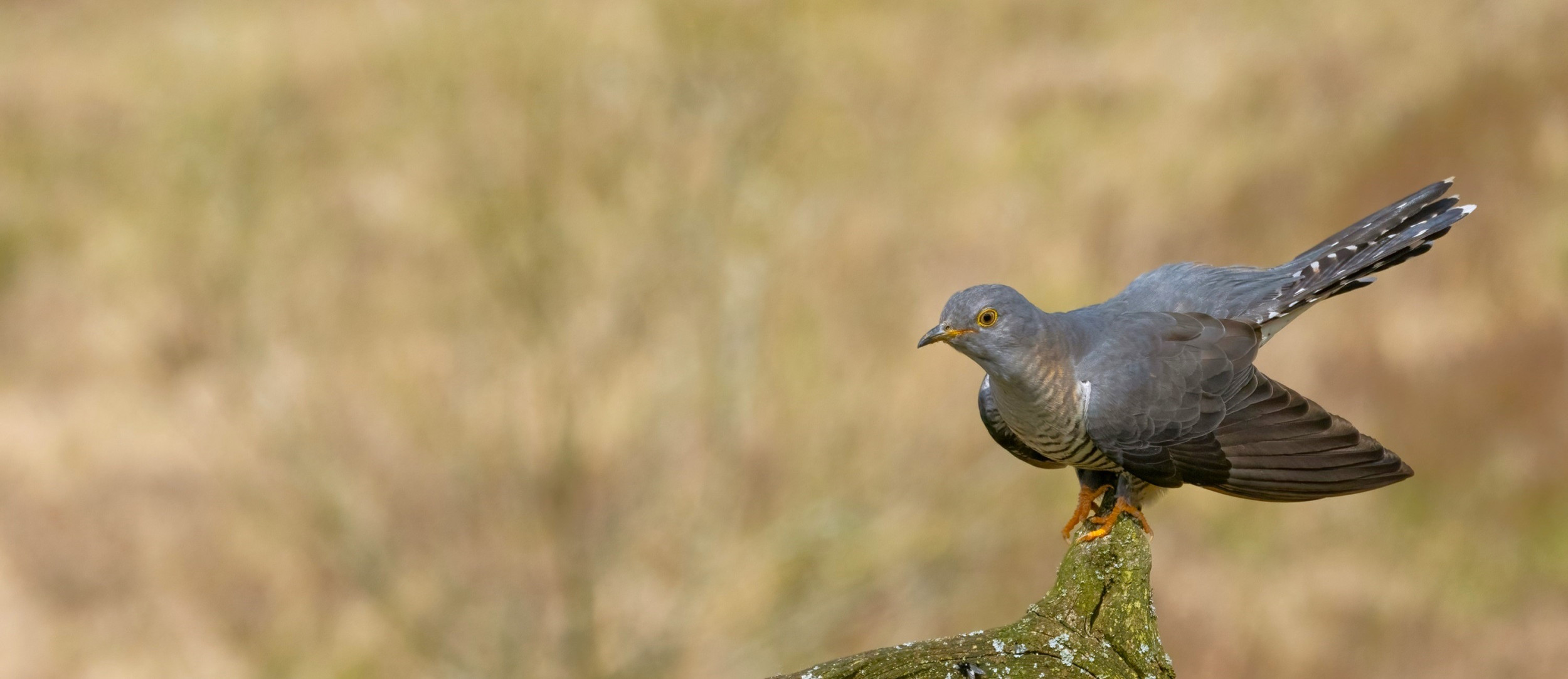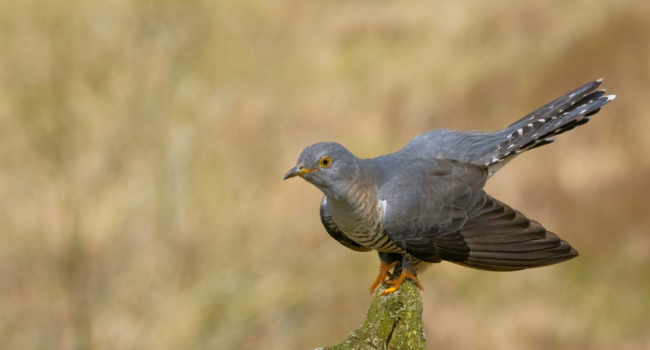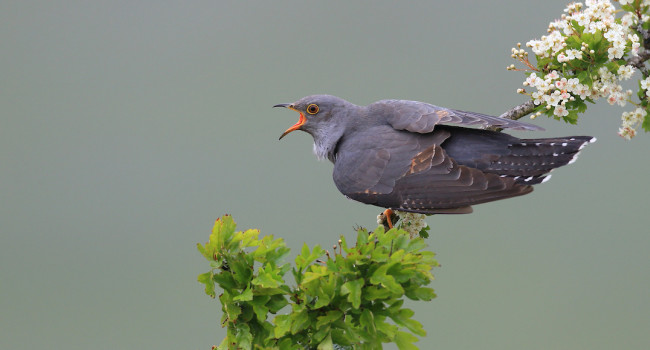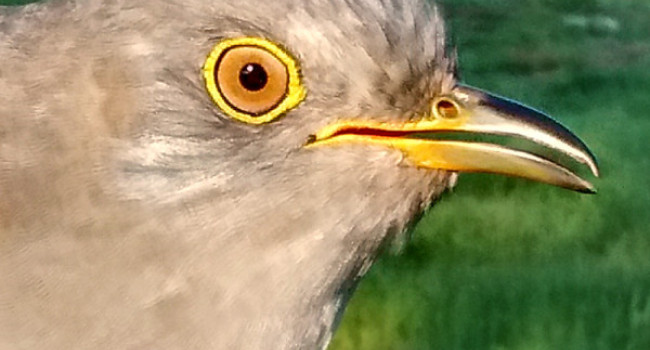Updates from our Cuckoos
Read the latest updates from our Cuckoos on their epic migration between the UK and tropical Africa, or track their movements in real-time on our Cuckoo migration map.
- If you enjoy these updates, please consider sponsoring a Cuckoo. Sponsors receive special updates about their chosen Cuckoo in the Cuckoo e-newsletter.
Clement feeding up
Kasper has moved on
Yesterday evening (Thursday 28 July) we picked him up 200km (122 miles) south of his previous location, apparently stationary just west of the Challawa Gorge Dam in northern Nigeria. When we last picked him up, in the early hours of this morning he was 35km (21 miles) ENE of here, 30km (18 miles) SW of the city of Kano. We don’t know whether he continued his slow nocturnal movement from here or whether he has settled in this area – we should find out when his tag resumes transmissions on Sunday morning.
Clement heads for lush forest
Clement has continued his slow but steady movement SE. He has moved another 100km (61 miles) in this direction and is now 76km east of the eastern tip of Gambia. Although he is still moving obliquely, relative to the rainfall gradients, he is now in a heavily wooded area called Foret Diambour. The weather today is a pleasant 29 degrees there with broken high cloud. Annual rainfall increases very rapidly to the south and southwest of here, and the comparatively lush forests of Niokolo-Koba National Park adjoin the Foret to the south. Conditions for Clement in this area should be very good at this time of year.
Chris still in Chad
Kasper remains west of Aguié
Lyster leaping through Europe
Martin close to Chari River
Clement finds vegetation
Chris makes it!
Chris has made it safely over the Sahara! A series of locations received yesterday afternoon (Monday 25 July) placed him in southern Chad, about 190km (120 miles) from the border with Central African Republic. Chris is still our most easterly Cuckoo and, equal with Martin, he is now our most southerly too. His current location is at the southern edge of the semi-arid Sudan savannah zone, very close to the sub-humid northern Guinea savannah - with the rains having just started the conditions should be quite good for him.
Clement explores the area around the River Ferlo?
Clement has settled in an area for the past few days and with the good light conditions, the solar-powered tag is performing well. We have had a number of fixes but these are not of sufficient accuracy to be sure whether he is moving about the area or not.
We really don't know exactly how important the Sahel is for migrating Cuckoos. This is the area just below the Sahara desert that has a three month period of rainfall starting in June/July. By September the area is green but, in our spring when migrants start to return, it is dry and arid and conditions are tough.
We the Cuckoos to winter further south in the humid zone of central Africa and they could spend from only a few days to maybe 2-3 months in the Sahel. With the rains having just started, this area is going to be lush and green if rainfall is good, so they may well stick around for some time. Satellite tagging is really giving some new and very valuable insights into Cuckoos' behaviour.






Share this page